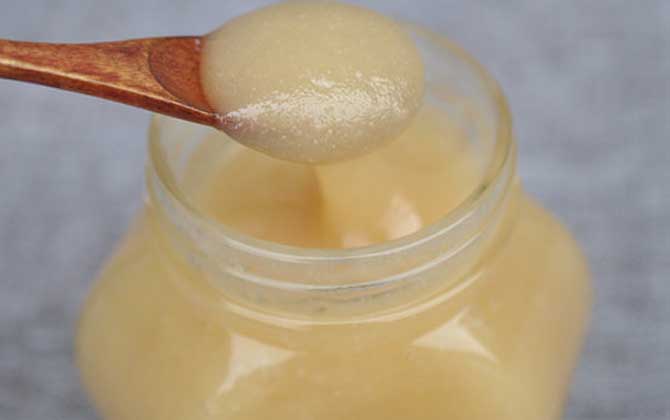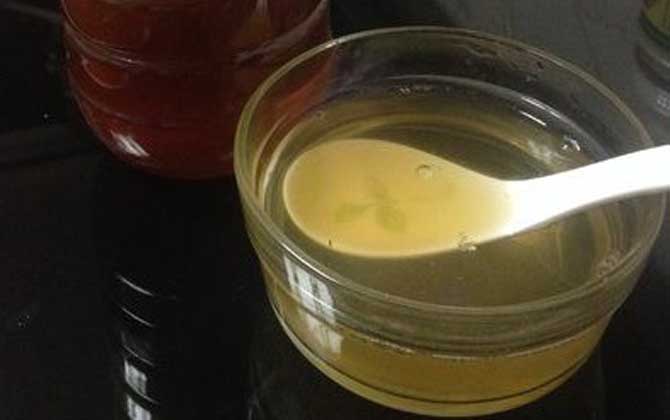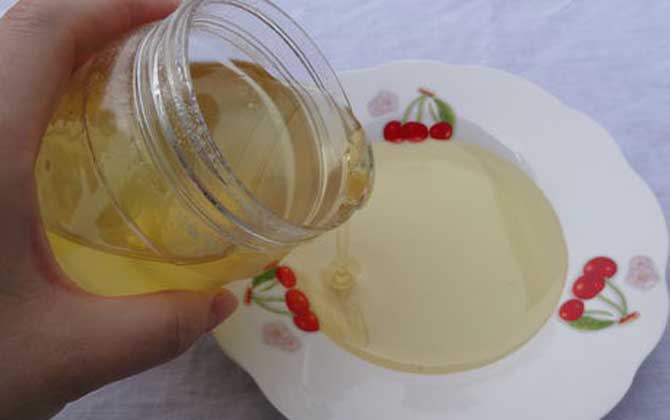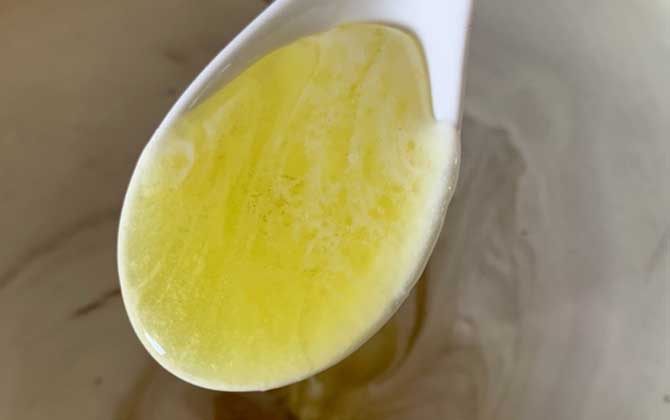Natural Honey: Types, Pricing & Authenticity Guide
Honey has been cherished as a natural food since ancient times. Classified by bee species, we find Chinese honey, Italian bee honey, and black bee honey. Based on floral sources, there are acacia honey, jujube honey, and linden honey. Production methods yield separated honey and comb honey. Let’s explore the pricing and characteristics of 100% pure honey!

I. Honey Classification
Authentic honey must meet two essential criteria:
- Source: Nectar must be collected by bees from flowering plants
- Processing: Fully matured and sealed with beeswax
Common counterfeit products include “concentrated honey” made from immature nectar through artificial dehydration. True honey contains over 180 nutritional components including enzymes, vitamins, and minerals.

II. Price Reference (2023 Market)
| Type | Price (RMB/jin) | Type | Price (RMB/jin) |
|---|---|---|---|
| Native Honey | 100-300 | Comb Honey | 80-300 |
| Acacia Honey | 40-60 | Linden Honey | 30-50 |
| Rapeseed Honey | 30-50 | Lychee Honey | 30-50 |
| Jujube Honey | 30-60 | Longan Honey | 30-50 |
| Vitex Honey | 30-50 | Black Bee Honey | 60-80 |
*Prices vary by region, quality certification, and harvest season. Pure honey generally costs above ¥30/jin. Always verify current market prices before purchase.

III. Authenticity Identification
- Origin Test: Real honey contains pollen grains visible under microscopy
- Visual Check: Genuine honey shows natural crystallization patterns, while fake honey often separates into layers
- Taste Profile: Authentic honey leaves slight throat irritation and complex floral aftertaste
- Crystallization: Pure honey crystallizes uniformly at 14°C, while fake honey forms granular deposits

IV. Smart Purchasing Tips
- ❌ Avoid bargain prices below production costs
- ❌ Reject unrealistic “rare” varieties like blue honey or rainbow honey
- ✅ Check for ISO 22000 or GB 14963 certification marks
- ✅ Prefer local beekeepers with transparent production processes

V. Premium Varieties Overview
1. Native Honey (Apis cerana)
Color: Amber | Texture: Creamy | Crystal: Fine-grained
Features: Complex floral notes with herbal undertones
2. Multi-floral Honey
Color: Golden | Texture: Velvety | Crystal: Buttery
Features: Seasonal flavor variations based on bloom sequence
3. Acacia Honey
Color: Water-white | Texture: Runny | Crystal: Slow-forming
Features: Mild flavor ideal for tea sweetening
4. Jujube Honey
Color: Dark amber | Texture: Thick | Crystal: Coarse
Features: Distinct caramelized date aroma
5. Linden Honey
Color: Pale gold | Texture: Silky | Crystal: Smooth
Features: Minty freshness with balsamic notes
Pro Tip: Store honey in glass containers at 18-24°C. Crystallization indicates natural quality – simply warm in water bath to liquefy.